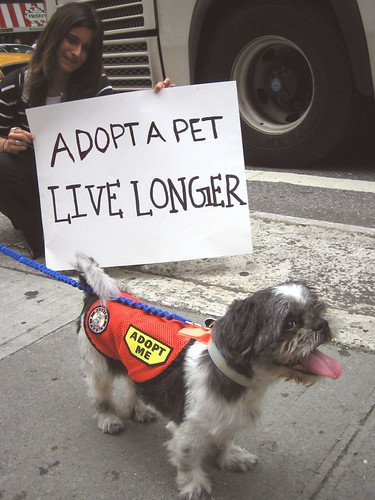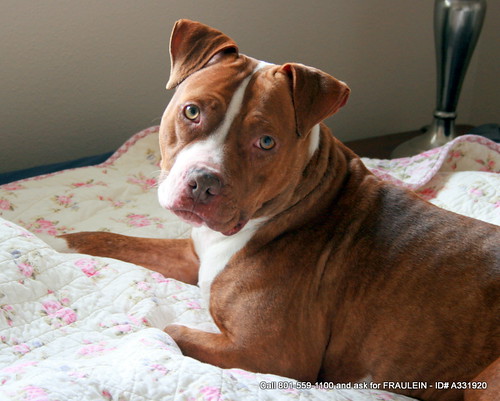I came into this class, read that the class would be focused
on the use of social media for communication and immediately became skeptical
of the concept. I thought I already knew everything there was to know about
social media and how it was used to communicate. I thought I would breeze
through the class with no issues but I was very, very wrong. I came into the
class believing that social media was for catching up with your friends online,
posting silly comments about your daily activities and thoughts; generally, I
thought social media was just a medium for people to be self-indulging. From
where did I get this idea? Who planted this idea in my head? I’m not sure but I
have a feeling it was my own prejudices towards social media and my limited
knowledge about social media that led me to be so narrow minded.
 |
Hull, D. (2009). PLoS: The Public Library of Science
[Photograph]. Retrieved from http://www.
|
This class forced me to be open minded and I really
appreciate that. In the very first week we were asked to open a Twitter account
and start a blog, two things I’d never touched before this class. This was only
the beginning. Every class after that I was being informed of some type of
social media that I’d never heard of before such as the Public Library of Science (PLoS) Blog. Out of all the sites I was
introduced to, I think this particular site had the largest impact on me. In
class we were directed to a blog called Neurotribes which integrates science and culture. They have blog posts about many different
topics but they also have a recently, reoccurring theme on Autism where they provide their views on how society is handling (or not handling)
this topic. This particular blog has nothing to do with the author’s daily
activities or minute-to-minute updates on their every move. This blog has
everything to do with important scientific topics that are currently
circulating our society. I had never known about the PLoS blog and yet upon
entering this class I thought I knew it all. I was so wrong!
Once our class got to the topic of verbal communication,
speeches, and presentation skills I (again) had the nerve to think I already
knew everything there was to giving a great speech or presentation. You would
think by this time I would have clued in not to be so presumptuous, but no, not
yet. MC, a TA, opened my eyes to an entirely different way to give a speech or
presentation. She spoke about the amount of information that should go on a
slide as well as the importance of fonts and colors and the effects your choice
can have on your audience. MC went in-depth and highlighted quite a few things
I’d never given a thought. Once MC was finished her presentations I was pretty
humbled by my lack of knowledge in general. I decided it was time to listen and
learn.
From that point on I sat in class and learned as much as I
could about the uses of different social mediums. I no longer think I know it
all when it comes to using social media and I no longer believe that social
media is a vacuum for self-indulgence. Yes, chatting with friends and posting
updates about daily activities is one aspect of social media but, it’s not the
beginning and end. Social media is used in so many aspects of business, science
and culture. Our class dabbled in as much as we could in the time we had and I
think it did a pretty good job. One of the biggest appreciations I have for
this class was the integration of CSL. As I mentioned in my previous post, CSL gave me the opportunity to apply what I learned in this class in the
community. Being able to do this further emphasized the uses of social media
and opened my mind that much more. Thanks to ALES 204 for asking me to do
things I wouldn’t have attempted on my own and educating me way more than I
thought it could.
Blogs I’ve commented on include






